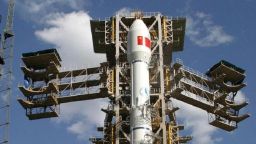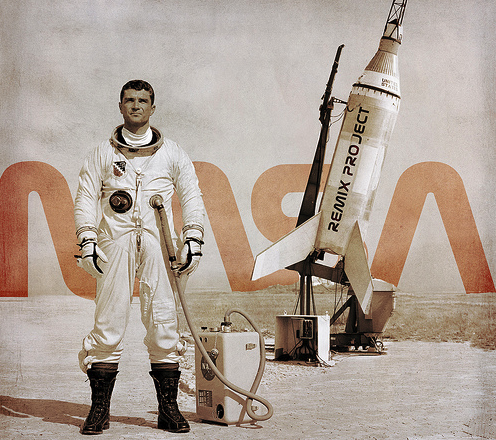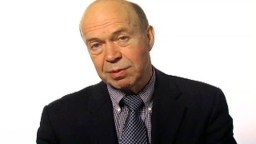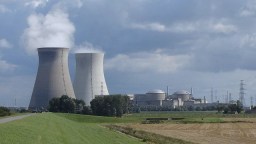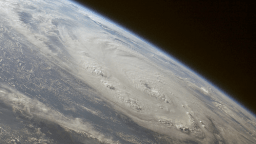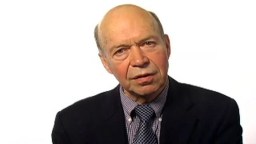NASA scientists have taken extraordinary photographs of former planet Pluto thanks to the technology of the Hubble Space Telescope, which has captured the spectacular gold-colored sphere.
Search Results
You searched for: nasa
Silicon Valley startup Bloom Energy has unveiled new technology which can “harnesses chemical reactions to create energy” in the hope of revolutionizing the world’s fuel sources.
For now the U.S. is content to encourage privately funded space missions and international cooperation while a new Space Race may soon fill the vacuum left by a hobbled NASA.
NASA has unveiled a prototype for a new kind of vehicle which could revolutionize the way we travel. The “Puffin” takes off like a helicopter, flies like a plane and sounds like a car.
A wireless internet connection to the International Space Station meant to soothe the isolation associated with space travel has produced the first tweet from outer space.
President Barack Obama has scrapped US plans to return astronauts to the moon. The plan forms part of a cost saving initiative designed to reduce the country’s fiscal deficit.
IMAX Hubble 3D, hitting the theaters on March 19, features the most famous space telescope of all, the Hubble, launched in April 1990. Soaring above the earth’s atmosphere, it gives […]
A federal aerospace panel has warned that NASA could face serious safety issues if it carries out plans to rely on private companies to send its astronauts into space in the future.
To commemorate the anniversary of the Apollo 11 moonwalk NASA has released partially restored video of a series of 15 memorable moments from the expedition.
NASA’s new planet-hunting telescope has found two mystery objects that are “too hot to be plants and too small to be stars” – neither of which fit any definition of known astro objects.
The US goes by the motto In God We Trust (but only since 1956, when it replaced the ‘unofficial’ motto, E pluribus unum). A motto (from the Italian word for […]
Not long ago, a report quoting NASA scientists was issued by the National Academy of Science, the highest scientific advisory body to the United States Congress. The report said something that used […]
Lasers are vaporizing materials including rocks and steel in order to allow scientists to analyze their chemical composition in transference of such techniques from Mars probes to forensics.
NASA’s Martian rover Spirit will officially rove no more. After being stuck in a sand pit on Mars for the last 10 months, it has been announced that the aging shuttle will not be moved.
The Hubble Telescope has taken the earliest snapshots of galaxies in the universe’s infancy, about 600 million years after the Big Bang.
A satellite has captured images of “night-shining clouds”, which form at high altitudes and glow after night falls, and NASA has used them to create a new map of the formations.
Aurora borealis, or the Northern Lights, can sometimes collide producing spectacular displays of light according to NASA which deployed cameras around the Arctic to catch the phenomenon.
As a genre, science fiction could potentially wield more influence over its followers than any other cultural force. Through film, television, and comics, it has inspired countless socially-awkward young people […]
Since the collapse of the Soviet Union, the Russian space program has been working closely with NASA. But current Sino-American relations in space are basically non-existent.
▸
12 min
—
with
The Hubble Space Telescope has taken the deepest near-infrared image of the universe in history, featuring galaxies that formed 600m years after the Big Bang, according to NASA.
During his sitdown with Big Think, Astronaut Leroy Chiao explained the challenges of lengthy trips to space, including bone and muscle loss, as well as the dangers of fatigue. But […]
Analysis of images of “ancient lakes” on Mars’ equator suggests similarities to lakes found in Alaska and Siberia, adding to the likelihood that there was once life on the Red Planet.
A discussion with the NASA and Columbia University climatologist.
▸
24 min
—
with
While the NASA space shuttle program ages, Richard Branson’s Virgin group may be set to offer public space flights by 2011.
Solar physicists investigating the mysteries of the solar corona have unearthed further clues by observing the sun’s outer atmosphere during eclipses over the last five years.
The head of NASA’s Goddard Institute explains fourth generation nuclear power, and harnessing this technology will be pivotal for America’s future.
▸
4 min
—
with
Planetary scientist Francis Nimmo says evidence from recent NASA expeditions suggests that conditions necessary for life may exist on the icy satellites of Saturn and Jupiter.
The second part of Eruptions readers’ recollections of the historic May 18, 1980 eruption of Mount St. Helens.
The NASA climatologist outlines how and when the accumulation of greenhouse gases will make Earth uninhabitable for our species—and why human life cannot be transferred to a different planet.
▸
5 min
—
with
The NASA climatologist argues that a steadily increasing carbon tax will help businesses in the long-term and explains why Exxon Mobile’s CEO has been among the first to realize this.
▸
3 min
—
with



